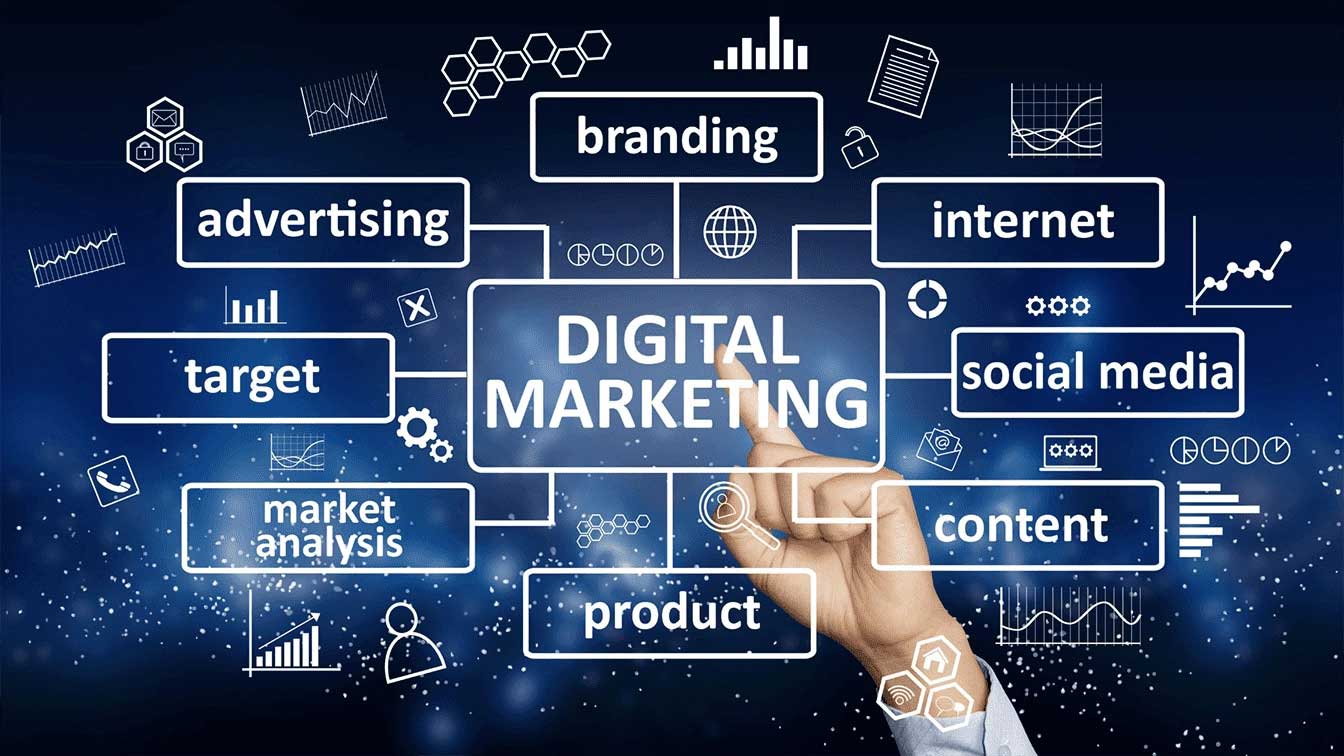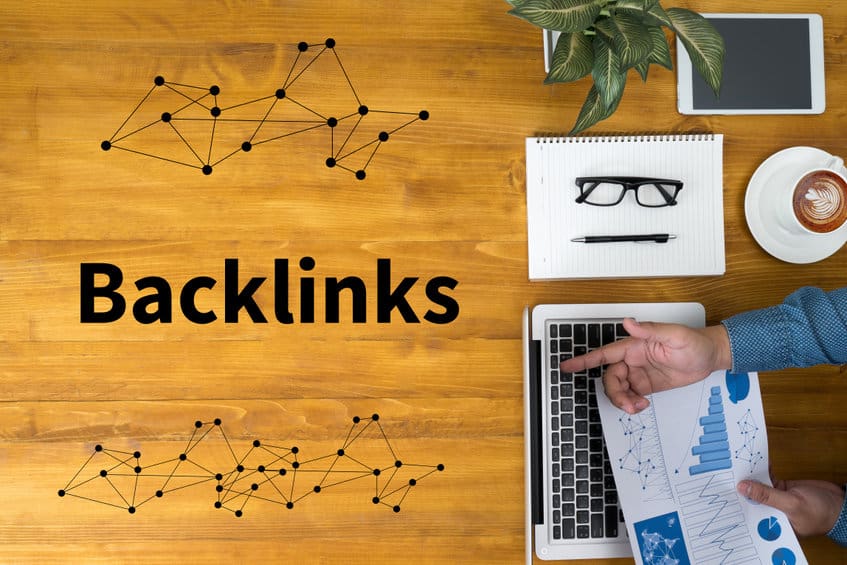In the digital age, marketing has transformed from traditional billboards and newspaper ads to dynamic online strategies that reach global audiences in real time. Digital marketing refers to the promotion of products or services using digital channels such as search engines, websites, social media platforms, email, and mobile apps. It’s a vital tool for businesses of all sizes looking to connect with their audience, build brand awareness, and drive sales in an increasingly connected world.
Key Components of Digital Marketing
Digital marketing is a broad field that includes various strategies and tactics. Some of the most common components include:
- Search Engine Optimization (SEO)
SEO is the practice of optimizing a website to rank higher on search engine results pages (SERPs). This increases organic (non-paid) traffic to a site. SEO involves keyword research, on-page optimization (like meta tags and content structure), and off-page strategies such as backlink building. - Content Marketing
Content is at the heart of digital marketing. Creating valuable, relevant, and engaging content—whether it’s blog posts, videos, infographics, or eBooks—helps attract and retain a clearly defined audience. Good content not only informs but also builds trust and authority. - Social Media Marketing
Platforms like Facebook, Instagram, LinkedIn, and X (formerly Twitter) allow businesses to connect directly with their target audiences. Social media marketing involves both organic engagement and paid advertising. It’s a great way to increase brand visibility, drive website traffic, and boost customer loyalty. - Email Marketing
Email remains one of the most cost-effective digital marketing tools. Businesses use email to send personalized messages, promotions, and updates to their subscribers. When done right, it helps nurture leads and maintain customer relationships. - Pay-Per-Click Advertising (PPC)
PPC is a model where advertisers pay each time a user clicks on their online ads. Google Ads is the most popular platform for PPC campaigns. This method offers fast visibility and measurable results, making it ideal for targeting specific demographics. - Affiliate and Influencer Marketing
Brands often partner with affiliates or social media influencers to promote their products. These collaborations can extend reach, boost credibility, and generate leads by leveraging the partner’s audience.
The Benefits of Digital Marketing
Digital marketing offers several advantages over traditional marketing:
- Global Reach: You can reach anyone with an internet connection, regardless of geography.
- Cost-Effective: Online campaigns often cost less than traditional methods like TV or print ads.
- Targeted Approach: Digital tools allow for detailed targeting based on demographics, interests, and behaviors.
- Measurable Results: With analytics, marketers can track campaign performance in real time and optimize accordingly.
- Improved Engagement: Interactive content and two-way communication channels allow for deeper customer relationships.
The Future of Digital Marketing
With the rise of AI, automation, and data analytics, digital marketing is becoming more personalized and efficient. Voice search, chatbots, and video content are increasingly important, and marketers must adapt to ever-changing algorithms and consumer behaviors.
Staying updated with trends and continuously experimenting with new strategies are essential for success in this dynamic field.
Conclusion
Digital marketing is not just a trend—it’s the present and future of business growth. Whether you’re a small business owner, a marketing professional, or someone curious about the field, understanding the basics of digital marketing can unlock new opportunities. In a world where digital interaction is the norm, mastering online marketing is more critical than ever.

